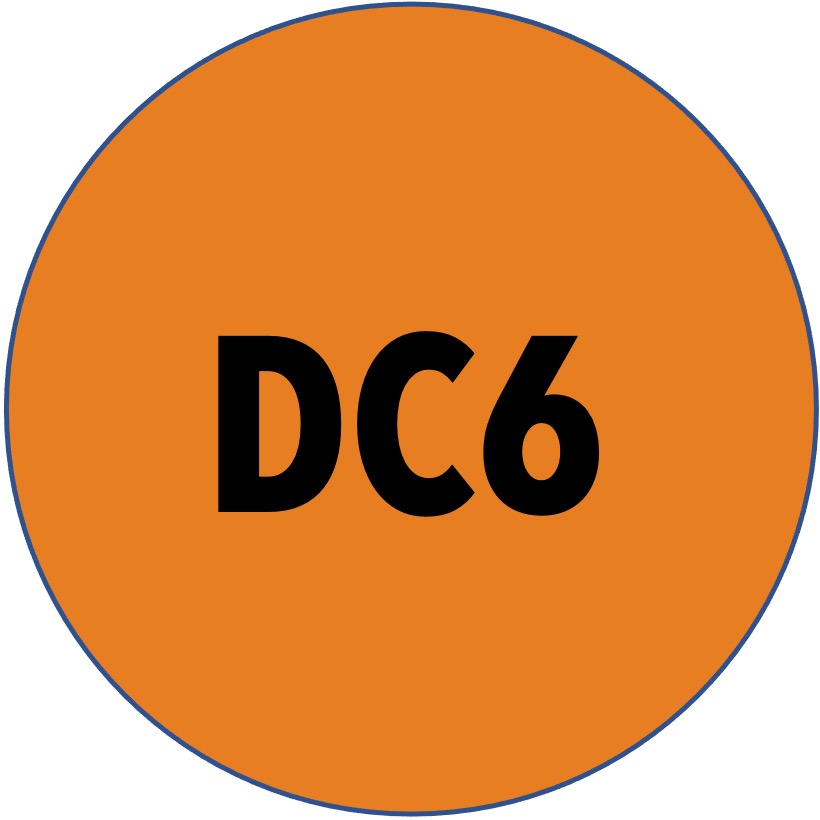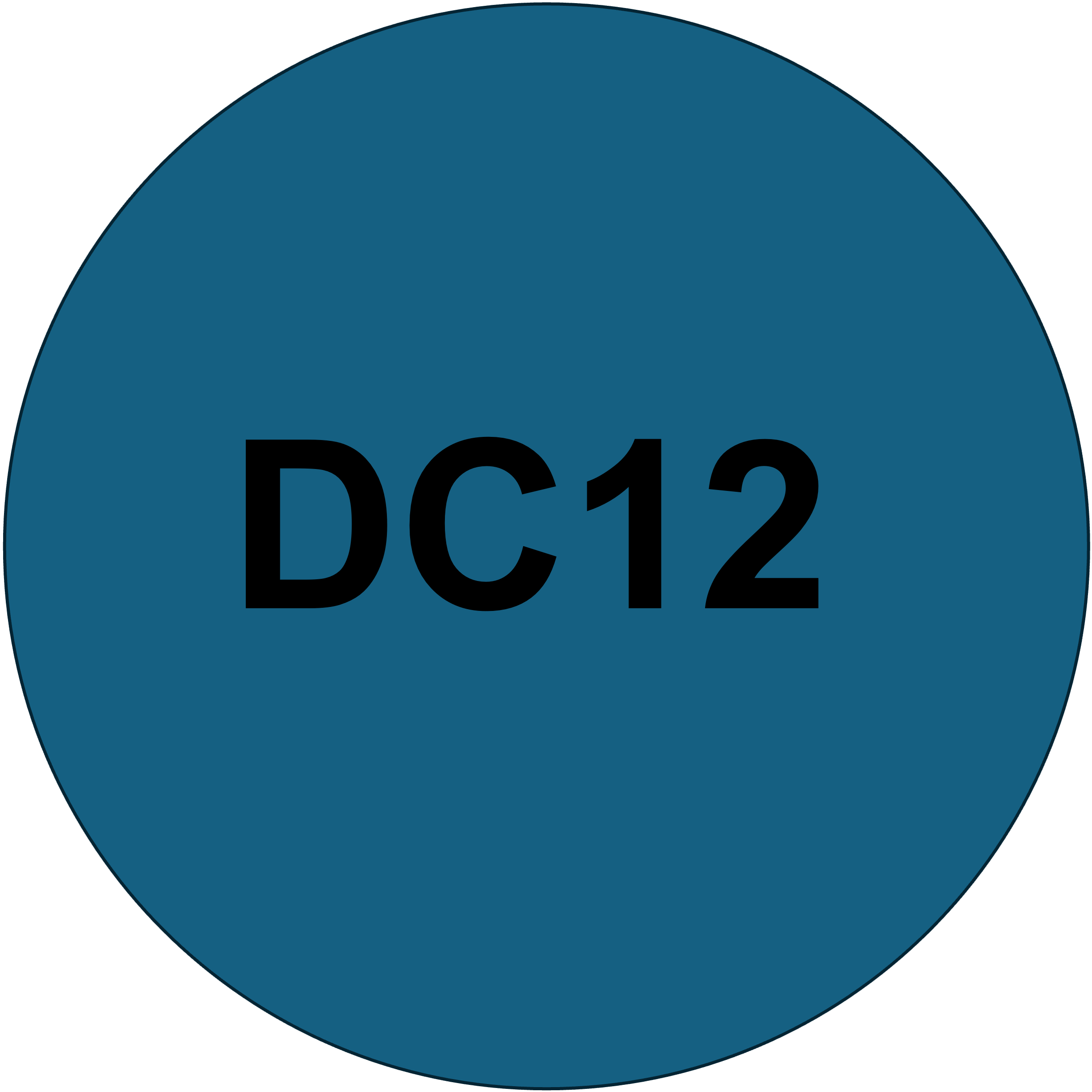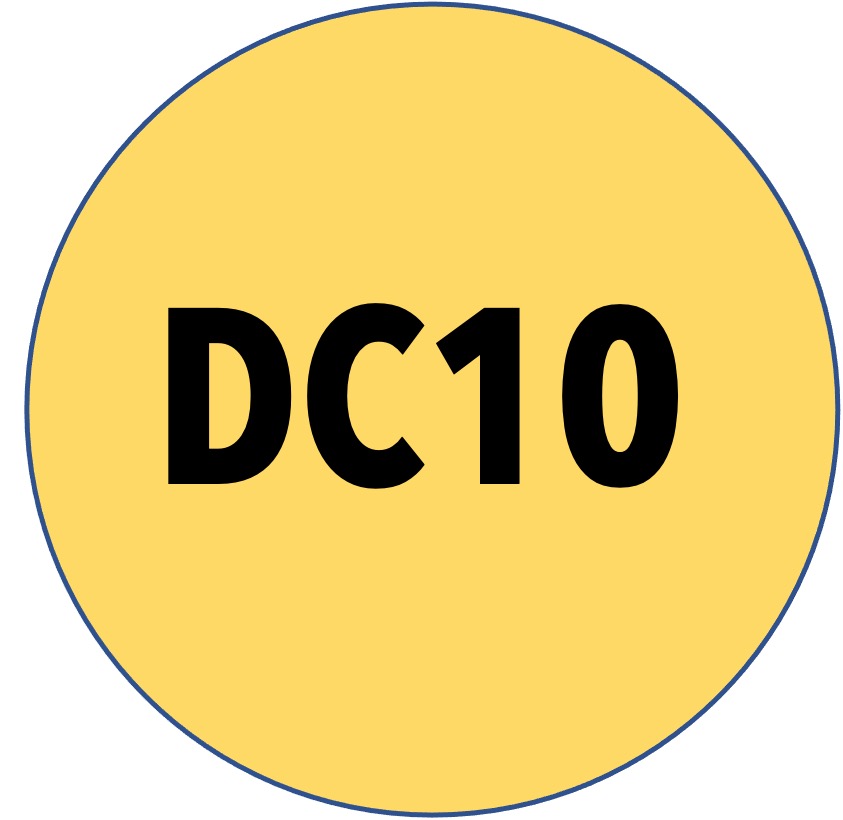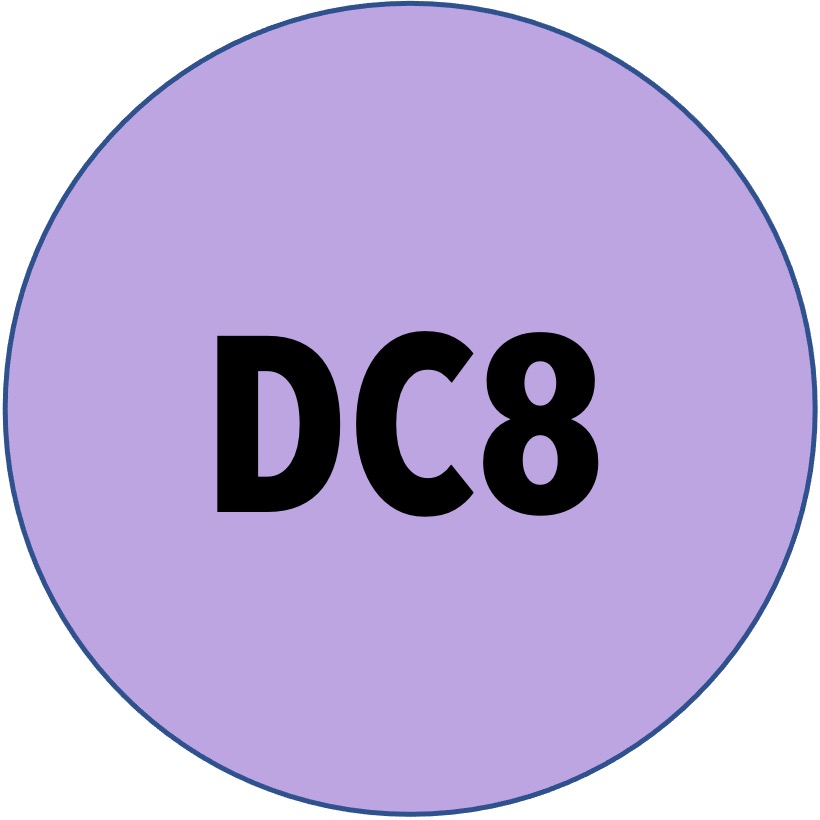Secondments
SECONDMENT rationale
The goal of secondments is to provide direct hands-on research and cutting edge technology experience to ICEBIO doctoral candidates. The ICEBIO DCs will gain experience with innovation in academic and SME contexts and focus on a research problem that fits with their individual PhD projects.
As ICEBIO fellows carry out their secondments, information about their experiences will be provided here.

DC7 Marco AjMAR
GFZ->AU
26/11/2023 - 02/12/2023
During my first secondment, I analysed 20 samples of snow, ice and glacial runoff waters using a phosphate analyser capable of reaching limits of detection down to 5 nM. I was introduced to the method and helped with the analyses by Dr. Beatriz Gill Olivas from Aarhus University. In addition to that DC6 Klara Köhler assisted me in using a Gallery ThermoFisher nutrient analyser to further analyse nitrogen species and dissolved silica in runoff waters samples. Lastly, I enjoyed the friendly atmosphere of the Christmas party at Aarhus university at the end of a productive week.
03/03/2024 - 16/03/2024
During my second secondment to AU, I analysed a second set of supraglacial samples, this time coming from a winter fieldwork in Svalbard during 2023. In addition to phosphate, this time I also conducted organic digestions to measure the total dissolved P. This way the organic fraction of the total dissolved P can be calculated.
11/05/2025 - 29/05/2025
During this 3 week long secondment, I analysed surface ice and snow samples collected in February 2025 in Svalbard and August 2024 in Greenland. I measured dissolved inorganic and organic P, as well as nitrate, nitrite, ammonia and total dissolved N with the new low level nutrient analyser built by Dr. Beatriz Gill Olivas. It was also a great opportunity to spend some quality time with other IceBio DCs, as many of us were at AU at the same time.

DC6 Klara Koehler
AU->GFZ
18/03/24 -28/03/24
The secondment at the GFZ was split into three parts. The first part was general training in techniques of mineralogy. I learned about the use of optical microscopy, X-ray diffraction (XRD) and the scanning electron microscope (SEM) to study minerals. Furthermore, I got a short introduction on how to use the Focused Ion Beam (FIB) for sample preparation. The aim of the first part was not only to get an overview of the different methods, but also to see what methods I can use for my own samples.
09/12/24-20/12/24
The second part was a more detailed training in how to use the XRD method. I measured sediment samples for one of my thesis chapters to get the mineralogy of the samples as an addition to my dissolved nutrient data.
14/08/25-28/08/25
In the last part of my secondment, I got some further guidance on how to analyze the data sets I got from the XRD measurements. We also carried out a grain size, specific surface area and SEM analysis on sediment samples that I had collected during my fieldwork in 2024. The six weeks I spent at the GFZ gave me a good overview of what kind of data I get from the different measuring techniques and what I can use for my thesis chapters.

DC12 LEA FRANCOMME
EPFL->AU
03/05/2025- 29/06/2025
During my stay, I sequenced the whole Genome of Hydrurus foetidus using the Promethion device available in the laboratory. This allowed me to obtain very long reads to ease the genome assembly process and resolve sequence repetitions in the genome. Once the assembly was performed, contigs were split into eukaryotic, prokaryotic, mitochondrial and chloroplastic contigs until further analysis. I also extracted, prepared and sequenced Hydrurus foetidus RNA samples to perform a differential gene expression analysis across seasons. Those RNA sequences will also be used to annotate the genome previously sequenced and assembled. Finally, I also performed Hydrurus foetidus transcriptome sequencing at Aarhus University is missing in the document.

DC7 Marco AjMAR
GFZ->CLearwater Sensors
08/06/2025- 15/06/2025
Together with DC6 Klara Köhler, I spent a week at ClearWater Sensors in Southampton (UK). We closely worked with Dr. Alex Beaton, head of R&D at the company, who gave us an in depth training on nutrient sensors deployment and maintenance, as well as data QC and analysis. We also saw how the whole company works and how their sensors are developed and manufactured. We finished off the week with two days of intense science discussions with Prof. Martyn Tranter in Bath.
DC9 Kara Sampsell
UGrA->AU
02/02/2025-15/02/2025
For my secondment, I joined Klara Köhler (DC6) at AU in Risø, Denmark to perform a series of geochemical extractions of Fe, Si, P, and N from glacial flours collected in the French Alps. The extractions were followed by photometric analysis using the Gallery Analyzer. We plan to use these data to investigate links between microbial community characteristics and nutrients available in the flours.

DC10 NASIM KASHIRI
BRILL->AU
20/05/2025- 21/06/2025
During this period, I brought some samples that I had previously isolated from snow samples collected in France. I did DNA extraction on these samples and conducted whole-genome sequencing using nanopore technology for the first time. After assembling the sequences, I learned how to use the Geneious software to analyze the resulting data and dig into the genes. In addition, I attended a highly beneficial workshop on Artificial Intelligence.
26/05/25-04/06/25
I brought DNA that I had already extracted from about 55 isolates (both bacteria and fungi), and we did whole genome sequencing on them using nanopore. We ended up with a huge amount of data, which we then assembled and annotated. After that, we started digging into the data to figure out what kind of information we want to explore further. I also brought some environmental samples with me (these were collected by me from the Stubai glaciers last September) and I did the DNA extractions from those samples while I was at Riso. We have stored that DNA and (hopefully!) We'll be able to do some metagenomic studies on it during my next visit.

DC6 KLARA KOEHLER
AU->Clearwater sensors
09/06/25-15/06/25
Together with DC7 Marco Ajmar, I visited ClearWater Sensors in Southampton (UK). There we learned about the ClearWater nutrient sensors, how they are built and examples of the deployment. Further we also got an in-depth training in sensor maintenance and quality control.
15/09/25-12/10/25
The second part of the secondment was to practise using the sensors in the field during a research cruise to Northeast Greenland with the icebreaker RV Polarstern. The plan was to collect nutrient data using the ClearWater sensors to measure the concentration of dissolved N and P in surface waters. The samples should have been taken with the ship’s seawater intake (~10.5 m) from the point where the glacier discharges into the fjord to the mouth of the fjord. However, a thick layer of fast ice blocked the entrance to the fjords and I was not able to take the samples. In addition, the ship's intake for surface water was often blocked by small sea ice particles, preventing the continuous flow required to link the measurement to the sampling location. The third reason why I was unable to record any measurements was that I could not properly calibrate the sensors themselves. I suspect that the reagents required for the sensors were stored in a place that was too warm during transport and went bad. I had no way of replacing the reagents for the sensors on the ship itself.

DC9 KARA SAMPSELL
UGrA->UiT
08/17/2025-09/14/2025
I spent a month at UiT with the main objective of extracting DNA from glacial rock flour sediments collected globally by Jemma Wadham’s research group. During the stay, there were helpful scientific discussions with Jemma, Sarah Tingey, and Colin Sinclair. Together, we aim to investigate the microbial communities in these sediments to compliment geochemical and mineralogical work that has been done on them. The goal is to identify potential relationships between characteristics driven by bedrock lithology and the microbial community that is present.

DC2 Hapreet Singh
CNRS->AU
01/11/25 - 30/11/25
Research design: A microcosm study to identify the effect of rain on microbial communities in the Arctic and to observe the changes in major nutrients. Specifically, the study comprises of controlled incubation of snow exposed to higher temperature (-1°C) and water content (15% w/v of snow) for 4 days followed by refreezing for additional 4 days. The samples were collected at 0, 4th and 8th day for biological and chemical analyses. The biological analyses were conducted at at UGA, Grenoble) and the chemical analyses were planned for Aarhus University at Riso under the guidance of Martyn Tranter.
During the secondment, the following experiments were conducted: The samples collected for the chemical analyses were analyzed for major nutrients like phosphate, nitrite, iron, ammonium, total oxidized nitrogen, digested phosphorus and digested nitrogen. The given analyses allow the estimation of total nitrogen and phosphorus including the organic and inorganic fraction. These values provide an estimate about the N and P content of the batch experiment and how it changes over time under different conditions. We aim to correlate microbial activity or mortality with nutrient fluctuation and draw an overall conclusion on nutrient availability and microbial processes.
Acknowledgements: Beatriz Gill Olivas, Klara Kohler

DC8 Silje Waaler
UiT->AU
15/05/25-04/07/25
During my first secondment at AU, Risø, I extracted DNA from samples collected in Svalbard. The DNA was later used for amplicon sequencing on 16s using a MinION Nanopore and for qPCR on target genes. This work was conducted in collaboration with Thanassis Zervas and ICEBIO DC, Lars van Dijk.
11/07/25-03/09/26
The second secondment at AU, Risø, was spend executing an experiment on glacial flour collected in Svalbard. During the experiment, test samples were analysed on a Gallery Analyzer with help from ICEBIO DC, Klara Köhler. Moreover, valuable scientific discussions were held with Beatriz Gill Olivas. During both visits, I was invited to take part in departmental and research group meetings, enabling networking with a broad group of scientists situated at AU, Risø.

DC4 LARS VAN DIJK
AU->CNRS
16/10/25-14/11/25
DFrom October 16th to November 14th, I had visited the group of Catherine Larose at the Institut des Géosciences de l’Environnement (IGE) in Grenoble, France. Under her guidance, we began analyzing the rRNA portion of the total RNA sequencing data recently obtained from our long-term pesticide exposure experiments. We also discussed the analytical workflow for processing and analyzing the mRNA data, as well as the collected metagenomic sequences and future research directions. This visit marked the beginning of a promising collaboration on the extensive analytical work ahead for the large amount of sequencing data we have gathered.









